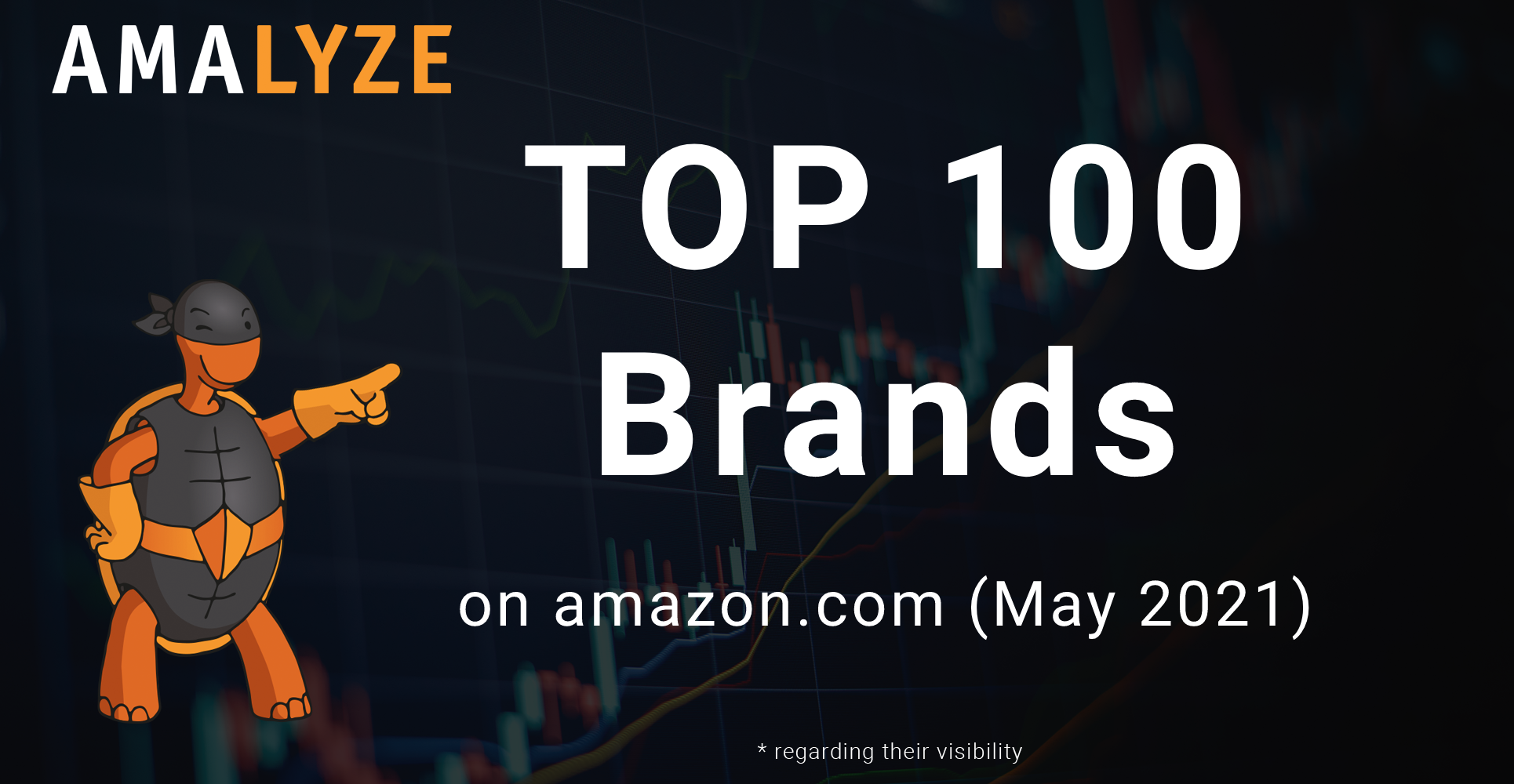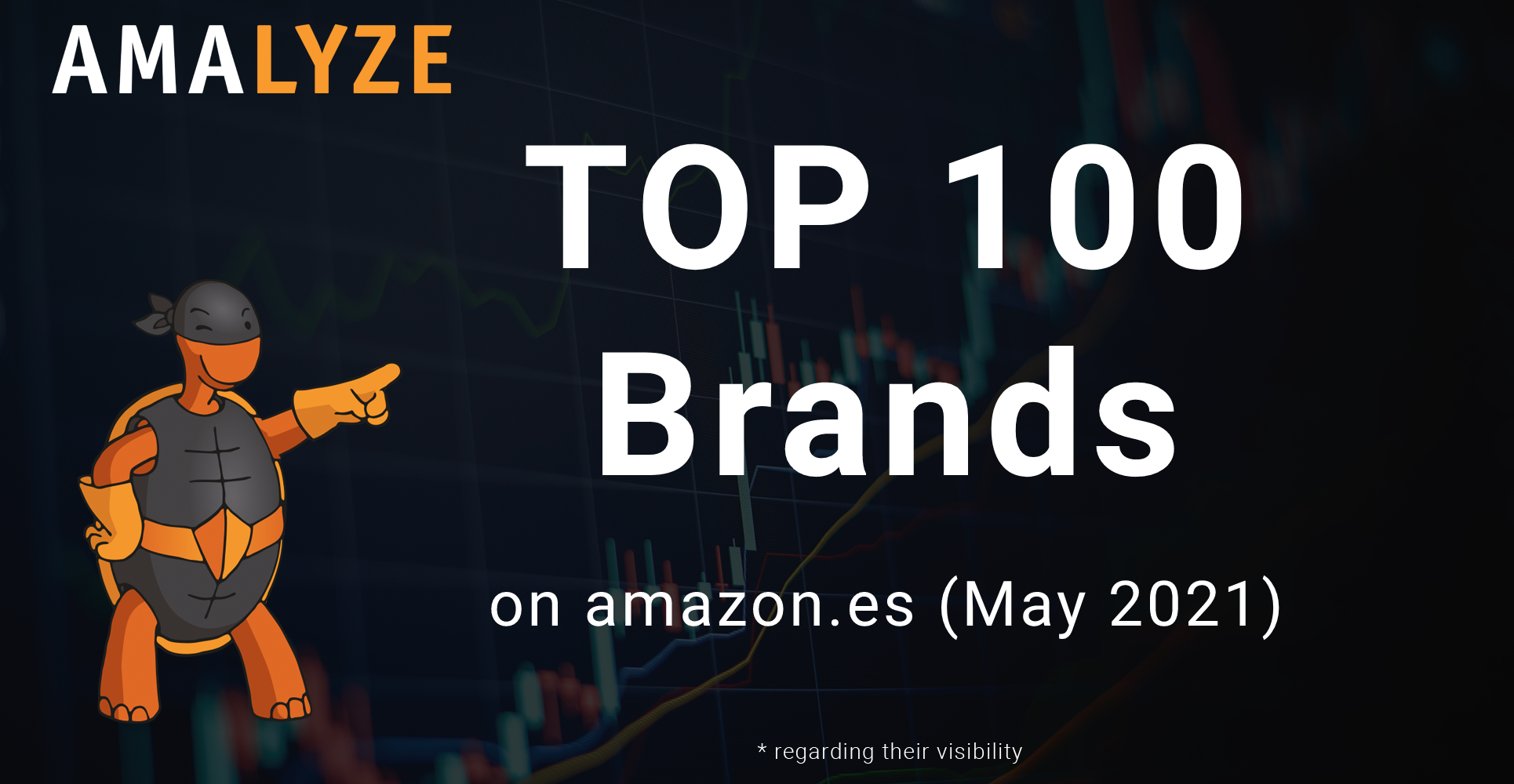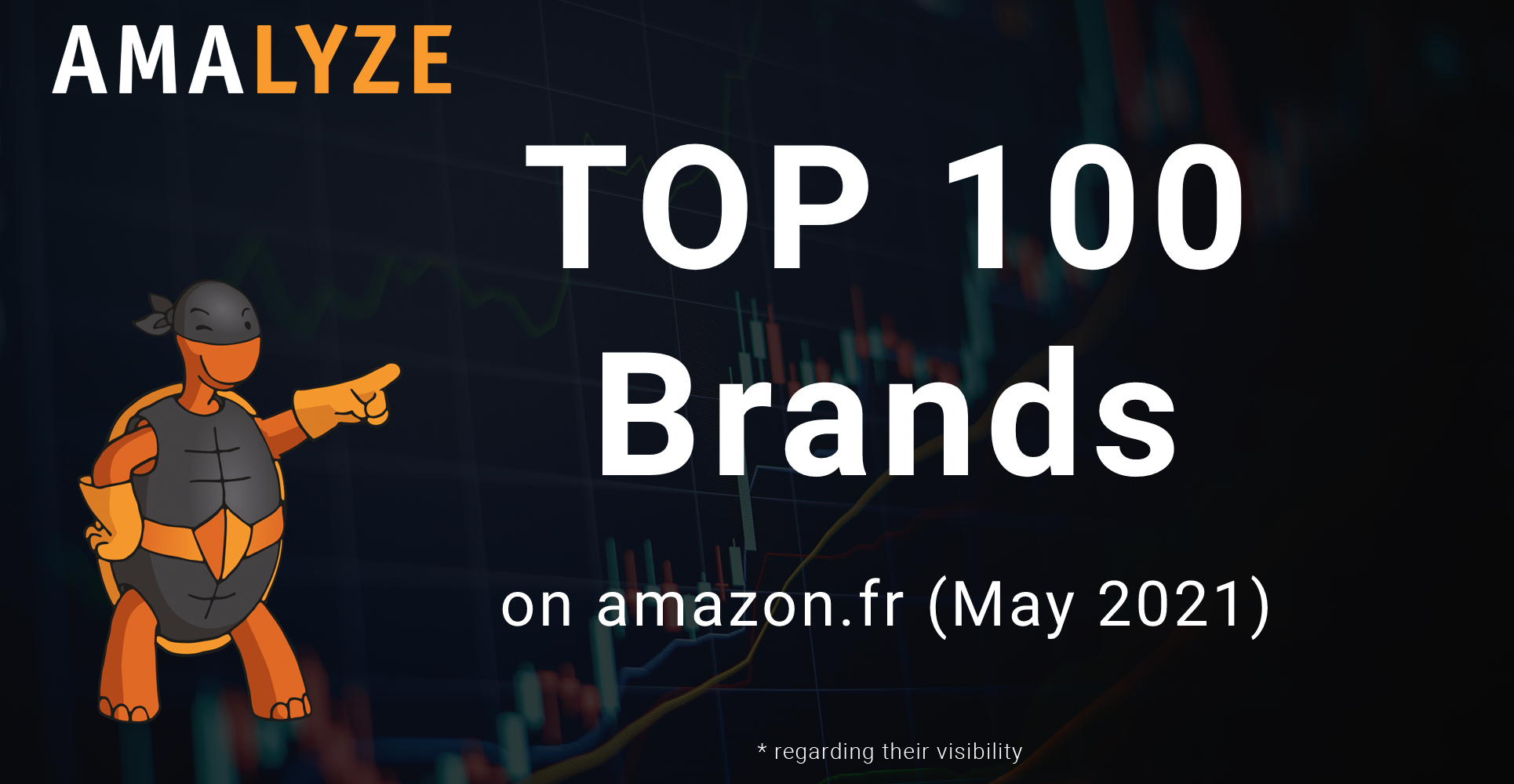Dynamic Keyword Set
What was already good gets even better: why dynamic adaptation of tracked keywords is crucial and what we are doing to give you an even more reliable data basis for Amazon product optimization.
First, we want to again summarize past changes regarding implementation of AMASCORE 4.0 :
AMASCORE 4.0
In the last months, Amazon significantly changed the suggestions. Autocorrection within the suggestions is significantly more precise; the correction of results to misspelled keywords has also been improved. Many typos are now already corrected in the suggestions, or at the latest in the search results. Additionally, the keyword set searched by us used to be adapted to current market conditions only sporadically.
Keywords that had only recently been used by customers were not yet in tracking; keywords that had relevance at the time the keyword set was created may not have any today, or have a much lower relevance. A keyword set that constantly adapts to market conditions presents an enormous challenge to the AMALYZE infrastructure, and also makes interpretation of KPIs significantly more difficult.
We want to give you an example:
If you had setup a mobile phone case for the iPhone X 5 years ago, you would have noticed very quickly that there were hardly any keywords used by customers for the topic “iPhone X”. Keyword rankings would have been very good (for example, looking at the keyword “iphone x case”), but only because there were (probably) no or very few competitor products.
At the same time, probably only very few customer would have been searching for “iphone x case“. Our product would thus have been great in keyword ranking, but unfortunately to completely unimportant (irrelevant) keywords. When Apple announced the iPhone X in September 2017, the market (in reference to our product) changed dramatically. All of a sudden, there is high demand by customers (search volume), new competitors show up, and with a lot of luck, our product would still rank very well to the keyword “iphone x case“. In another five years, the world looks completely different again. Our product still enjoys good ranking to the keyword “iphone x case”, but the market has evolved, and only few customers are searching for our product.
What we want to show with our example is that – when it is presented correctly – the relevance of a product changes permanently as the market or basis of reference evolves – and this happens without making changes to the product or listing.
AMASCORE Relevance Tracking
We want to take this market evolution or change in Amazon search patterns into account, because relevance tracking – and the AMASCORE should not be considered as anything else – consists of two values. In our case, the product and basis for tracking or monitoring (keyword set, competitors, etc.).
In the past, we did not pay enough attention to constant changes to the keyword set and modified it only sporadically. The advantage to this was that your charts were relatively stable and thereby easy to interpret. On the other hand, market changes were only accounted for on a limited basis.
AMASCORE Update
Starting with the release of AMASCORE V4.0 update on March 22, 2018 we took the first step towards a basis of dynamic tracking. We removed all irrelevant keywords (e.g. typos) from the keyword set we track and thereby closely follow activities by Amazon. Through streamlining the keyword set, the number (quantity) of keywords we show has been reduced, but the average ranking position, specifically, the average ranking position of a product to all its keywords, has been significantly improved. Accordingly, the AMASCORE – for which not only the quantity (number of keywords to which a product ranks) but also the quality (including average position of a product to all its keywords) plays a role – has changed.
After we cleaned up the keyword set in tracking, we now come to the second phase of our transition to a dynamic tracking basis. Starting immediately, all keywords that are new (in comparison to the current keyword set), will be added to tracking. This means that we will have a significant increase in displayed keywords (quantity) and expect a similar development in the AMASCORE. With respect to quality (average ranking position), we expect only minor changes. This is a heads-up so you can take this into consideration when evaluating your charts.
As soon as phase 2 is complete, we will achieve our goal of constant, dynamic updating of the keyword set. New keywords are then continually added while old keywords (that are no longer in Amazon suggests / search results ) are removed from the keyword set. That is how we will attain the result described in the example above. This also means that we want to avoid manual intervention to the underlying keyword set as much as possible.
We are aware that this transition may lead to misunderstandings in interpreting your measured values in the beginning. However, we are convinced that constant re-examination of the keyword set and thereby the actual Amazon market, is crucial for any optimization. Because, what is the point of optimizing for “samsung galaxy s2 case” only because it once (a long time ago) was an extremely popular and relevant product?
On that note: continued “happy amalyzing” and profits for you!




